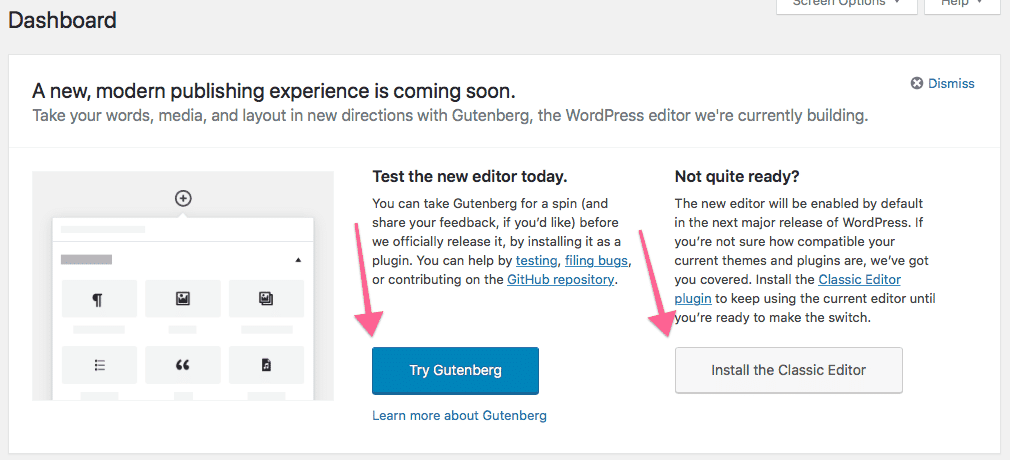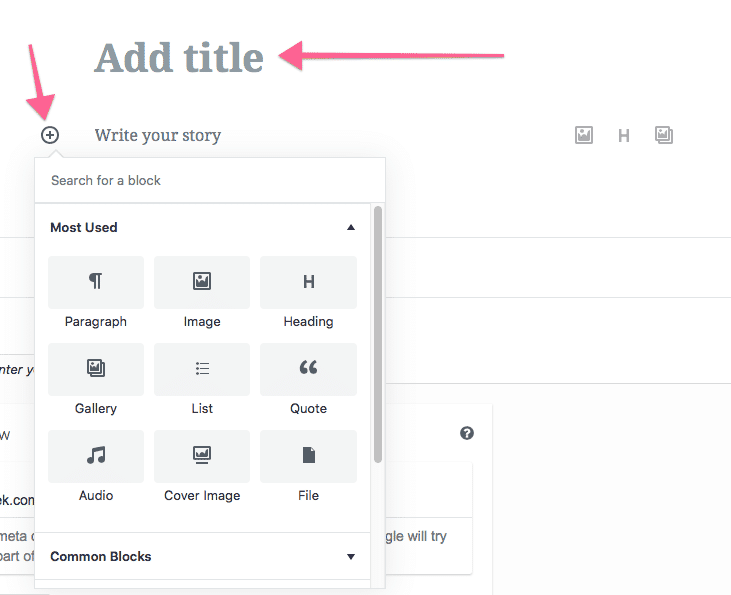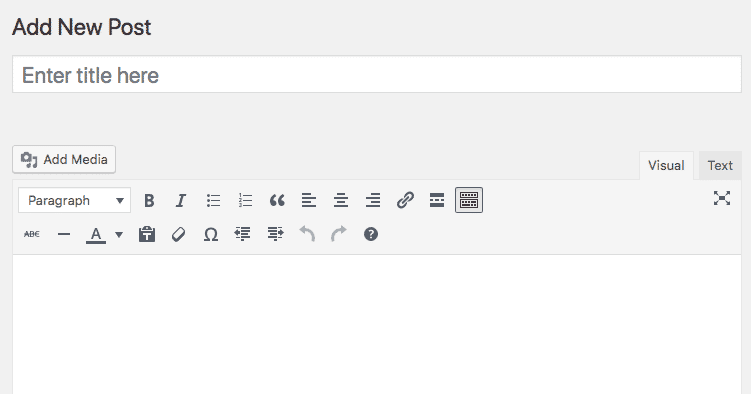A Gutenberg Surprise!?
Did you upgrade to WordPress version 4.9.8? Were you surprised to see a new choice of editors on your Dashboard? Are you wondering what you should do now with this choice?

We now have two WordPress editor choices. The new one, named Gutenberg, is highlighted and clearly favored as the one to use.
So what is Gutenberg? You can go to the official Gutenberg overview at WordPress.org and learn more; however, in short, Gutenberg is a new editing experience for WordPress pages and posts. Instead of simply writing text (or formatting text with shortcodes) within a single editor “box,” with the Gutenberg editor you can “build” the page or post using movable “blocks” of content. Each block is specially designed to contain a single type of content (paragraph, heading, image, video, quote, etc.).
For now, the choice of editors is yours. With the coming version 5.0 of WordPress we are told that the Gutenberg Editor will be the default option (though the Classic Editor will be available as an optional plugin if desired).
Gutenberg or Classic Editor?
What happens when you click either the “Try Gutenberg” or “Install the Classic Editor” button on WordPress 4.9.8? Answer: a WordPress plugin is installed as shown below and you are given the chance to activate.

If you install the Classic Editor, please note that it has a settings page that allow some further options — including the chance to experiment with Gutenberg (essentially create blocks that behave as the Classic Editor):

What does Gutenberg look like?

Instead of the familiar “Enter title here” field and text box that we’ve known for many years with WordPress (see below), under Gutenberg you are presented with a variety of block option. For typical blog posts, many writers will start with an image block followed by a heading block and then multiple paragraph blocks. These blocks can be rearranged as you wish.

There are many types of Gutenberg blocks for text formatting, layout control, inserting widgets, and embedding content from a variety of other sources. You can also create reusable blocks to repeat content across many posts and/or pages.

These Gutenberg block options are very exciting to see. I think it’s likely that additional Gutenberg block options will become available under future WordPress versions. Finally, third party WordPress plugin and theme developers are already working on additional custom blocks to further enhance the Gutenberg experience.
What should you do?
Gutenberg or Classic Editor? It depends on your case.
If your current WordPress site relies on a drag and drop “page builder plugin” like Beaver Builder, Elementor or Divi (or one of the many others) then you’ll probably be safest and/or best served by selecting the Classic Editor until your page builder plugin developer suggests otherwise (though, in fairness, the page builder I tested [Beaver Builder] functioned flawlessly with the Gutenberg plugin installed). If you are a blogger who uses few if any shortcodes to format your posts then you may benefit from moving to Gutenberg now.
As with most new systems and processes, there is a learning curve and things are likely to “feel funny” at first with Gutenberg. Even while using Gutenberg to write this post I’m having a mix of “I like this” and some frustration.
Bottom line: the choice of WordPress editors is yours to select now. With WordPress 5.0 and Gutenberg installed by default, however, it may seem more like a requirement. For now, though, it appears that if you wish to avoid the coming move to Gutenberg you can preempt that change by switching to the Classic Editor now.
Some final considerations
I think Gutenberg is the way of the future for WordPress. As such, I feel the awkward transition will be worth it in the end; however, when asked, I’m advising some WordPress users to make the switch now and others to go with Classic for at least the short term to avoid disruption of their current customizations.
In any case, and at this point in the process (and based on my very limited testing), it appears that one can switch back and forth between Gutenberg and Classic easily and with a high level of compatibility. However, a word of caution with all WordPress changes: do not make any changes without a good backup in place in case you need to do a full site restore. Also, now is a great time to create a staging environment to test any WordPress changes you are considering beforehand to make sure none of your formatting on past or future posts will be broken. This is especially critical to do before the big WordPress 5.0 upgrade cycle.
Questions or comments
Have any questions or comments or want to share your Gutenberg experience? Please drop me a note or leave a comment below. I’ll try to respond in a timely manner. Also, if you need any help with WordPress or testing Gutenberg or creating a WordPress staging environment then let me know.
Aug. 14 update: Manish Dudharejia offers some in-depth analysis in “The Complete Anatomy of the Gutenberg WordPress Editor” at Smashing Magazine. His 9-part post contains additional imagery, helpful tips, personal commentary and perspective, and links to additional Gutenberg news and updates.


